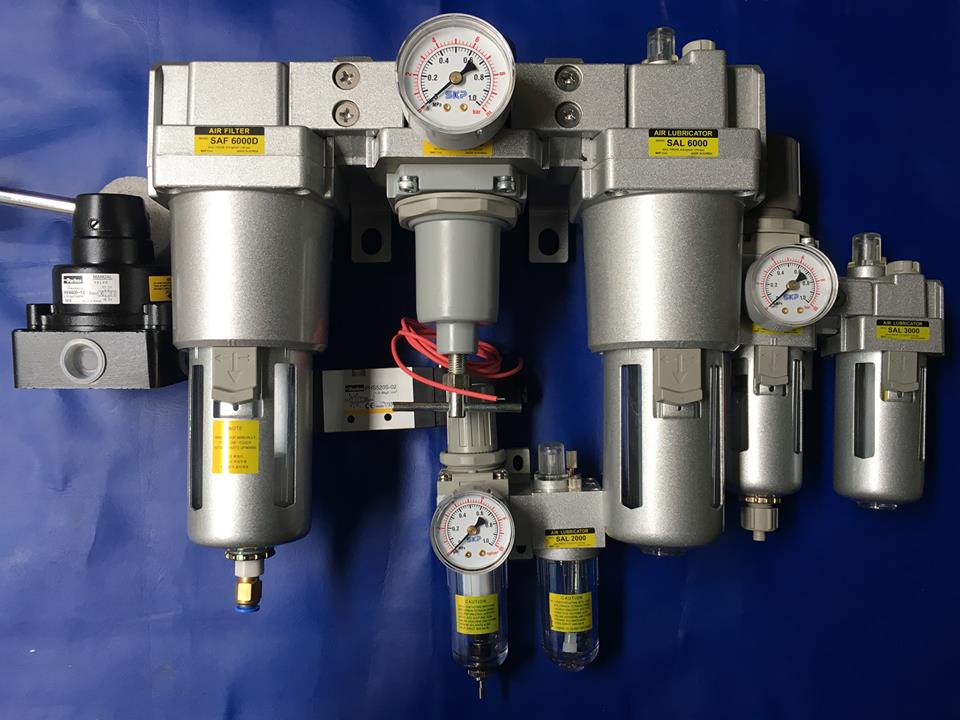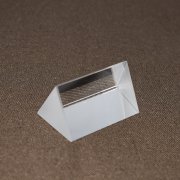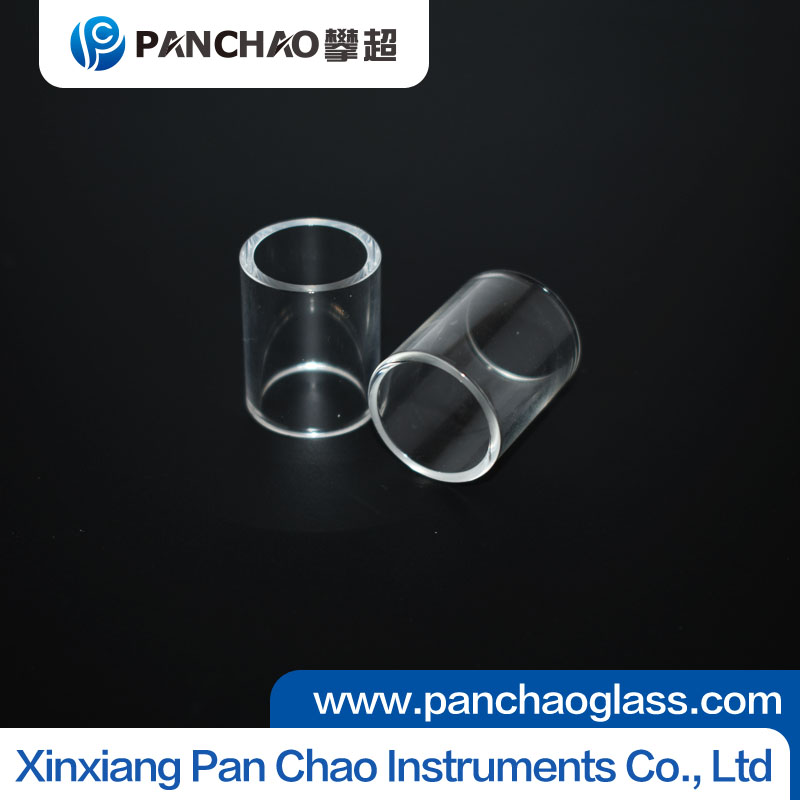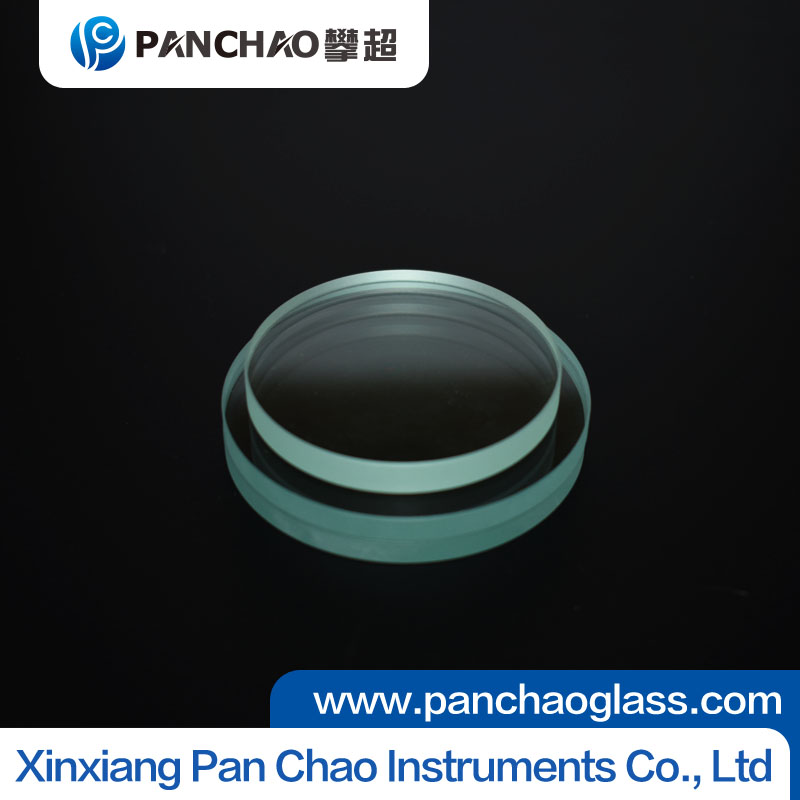
Cleaning and maintenance methods for high borosilicate glassware (practical guide)
PCHAO brand industrial sight glass give you professional custom!
Website:www.panchaoglass.com
Address:Room 1624, Jing Ye Gong Yuan Guo Ji, Jin Sui road and New Second Street intersection, Xin Xiang city, Henan Province, China
Phone: +8613569413718
High borosilicate glassware is an important asset in laboratories, and proper cleaning and maintenance can not only extend its service life, but also ensure the accuracy of experimental data. Here are professional maintenance suggestions:
1、 Daily cleaning standards
Basic cleaning steps:
Immediately rinse with deionized water after the experiment (to avoid residue drying up)
Use a specialized glass brush (made of nylon material, with bristles that match the shape of the vessel)
Recommend using pH neutral laboratory specific cleaning agents
Stubborn stain treatment:
Organic residue: Soak in acetone or ethanol (not exceeding 4 hours)
Inorganic salt scale: Soak in 10% dilute hydrochloric acid (thoroughly rinse after 30 minutes)
Protein residue: protease solution incubated at 37 ℃
2、 Special situation handling
Cleaning after sterilization:
After high-pressure sterilization, wait for the temperature to drop below 60 ℃ before cleaning
After dry heat sterilization, it needs to be naturally cooled to room temperature
Avoid thermal shock caused by contact with cold water at high temperatures
Scale vessel maintenance:
Prohibit hard cleaning tools such as steel wire balls
Key protection scale area (to avoid friction damage)
Suggest using an ultrasonic cleaning machine (40kHz, power ≤ 100W)
3、 Drying and Storage
Correct drying method:
Inverted draining (using a dedicated draining rack)
Drying temperature not exceeding 120 ℃
When urgently needed, acetone can be used for rapid dehydration
Scientific storage suggestions:
Separate storage to avoid collision (it is recommended to use a separate storage rack)
Thoroughly dry before long-term storage
Supporting storage of gaskets and other accessories
4、 Regular maintenance
Monthly inspection:
Observe the change in transparency of the vessel
Check for micro cracks on the surface
Test the accuracy of the scale
Annual deep maintenance:
Testing temperature resistance performance
Evaluate chemical stability
Eliminate aging vessels
Special attention:
Avoid using hydrofluoric acid based cleaning agents
Prohibit sudden cooling and heating (temperature difference change<5 ℃/min)
Damaged vessels should be promptly isolated and treated
By following these methods, your high borosilicate glassware can maintain its optimal condition for 5-8 years. It is recommended to establish a record of vessel usage and maintenance, which is particularly important for GMP laboratories.
Related articles
- Ultra white glass: Why is it more transparent than ordinary g
- Laboratory Glass Material Selection Guide: Why Choose High Bo
- Environmental advantages of high borosilicate glass: recyclab
- How to distinguish high borosilicate glass from ordinary glas
- Decrypting high borosilicate glass: the 'invisible guardian'
- Chemical composition and physical properties of high borosili
- How is high borosilicate glass refined? Unveiling the product
- High borosilicate glass: an ideal choice for pharmaceutical p
- The application prospects of high borosilicate glass in the f
- A must-have for the laboratory! Guide to purchasing high boro
Products
acrylic display center
Contact Us

Xinxiang Pan Chao Instruments Co., Ltd.
Tel: +86 13343800331
Contact person:Carrie Niu
Fax: 0373 303 0331
Email:sales@panchaoglass.com






